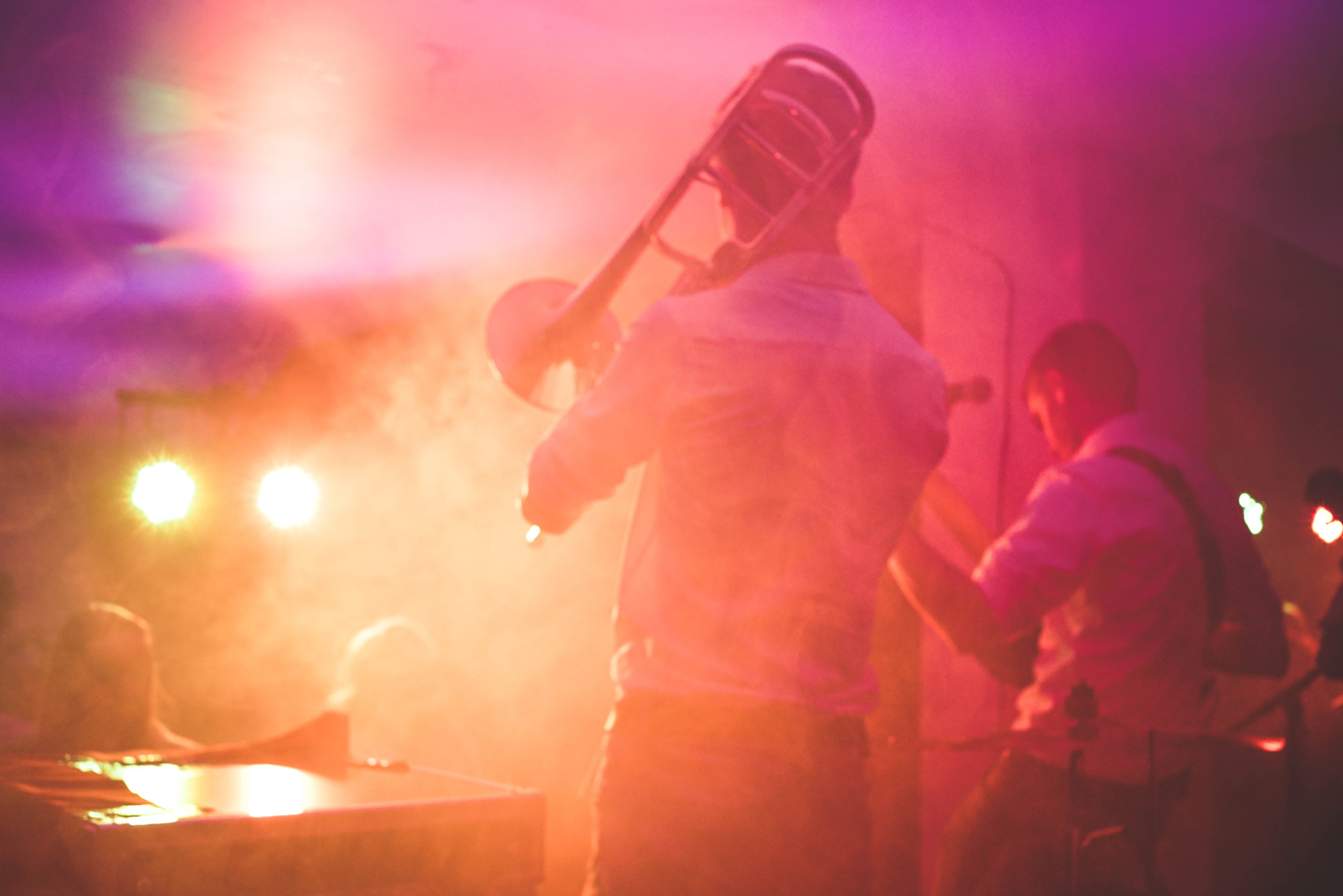

History of Jazz
Art Blogger@artblogger
1 year ago
Jazz music is a rich and complex genre with a history as vibrant as its sound. It originated in the late 19th and early 20th centuries, deeply rooted in the African-American communities of New Orleans. Jazz emerged from a blend of African rhythms, European harmonic structures, and the blues, evolving from earlier musical styles like ragtime and brass band music.
In its early days, jazz was primarily instrumental, featuring pioneering artists like cornetist Buddy Bolden, who is often credited with being one of the first musicians to play jazz. The music was characterized by a swinging rhythm, improvisation, and a unique blend of individual expression within a group context.
The 1920s, known as the Jazz Age, saw the genre flourish and spread across the United States. Cities like Chicago and New York became jazz hotspots. This era introduced legendary figures like Louis Armstrong, whose virtuoso trumpet playing and distinctive vocal style had a profound influence on jazz.
By the 1930s and 1940s, jazz had evolved into the swing era, dominated by big bands and bandleaders like Duke Ellington, Count Basie, and Benny Goodman. Swing jazz was characterized by its strong, rhythmic groove and was immensely popular, becoming a form of entertainment and dance music.
The late 1940s and 1950s saw the emergence of bebop, a complex and harmonically advanced style of jazz. Artists like Charlie Parker, Dizzy Gillespie, and Thelonious Monk were at the forefront of this movement, shifting jazz from danceable popular music to more of a musician's art form focused on improvisation and technical skill.
In the 1960s, jazz continued to evolve with the advent of modal jazz, exemplified by Miles Davis' landmark album "Kind of Blue," and free jazz, which eschewed traditional structures in favor of free-form improvisation. This period also saw the rise of jazz fusion, which blended jazz with rock, funk, and other genres, a style popularized by artists like Herbie Hancock and Weather Report.
Since then, jazz has continued to take on new forms, absorbing influences from a wide array of musical styles and cultures, leading to subgenres like Latin jazz, Afro-Cuban jazz, and others. Contemporary jazz artists often blend jazz with modern styles like hip-hop and electronic music, demonstrating the genre's ongoing evolution and its enduring ability to reinvent itself.
Throughout its history, jazz has not only been a musical genre but also a powerful social and cultural force, reflecting the complexities and changes in society. It's a genre that values tradition while consistently breaking new ground, a dynamic and ever-evolving art form. #Music

